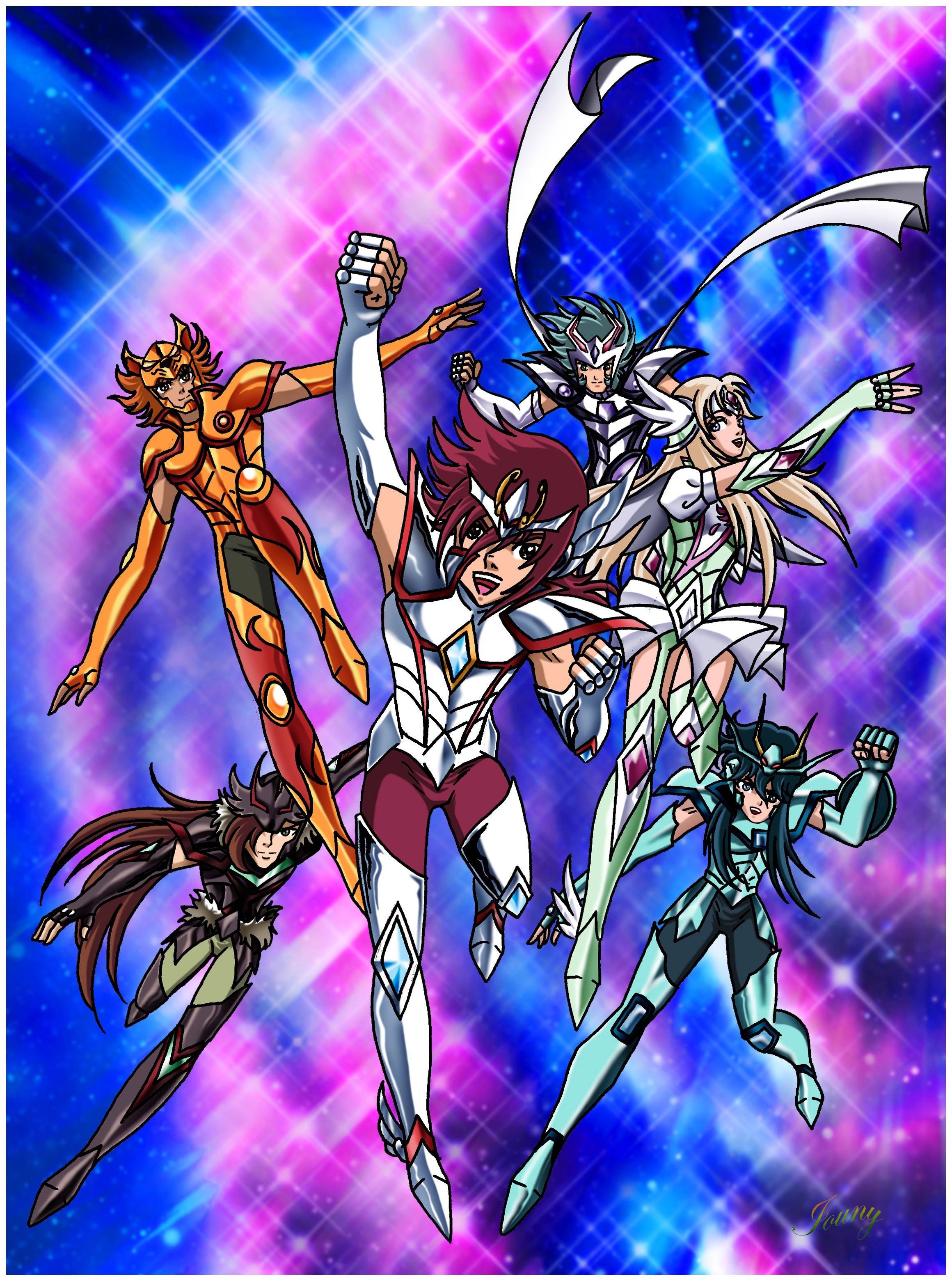

The MAX version of the Foolkiller arranges his victims' bodies into 'artistic' displays.The Monkeys from Banana Sunday ARE the original Wise Monkeys.During the credits in episode 9 of Zombie Land Saga Revenge, Yugiri's three dance students do this pose while dancing in front of statues of the Three Wise Monkeys.They caught the reference and laughed at it.
 Referenced in Saint Seiya, where Shaka, who seems fixated on monkeys, once faced three enemies ( Camus, Shura and Saga) and left one without his senses (with the loss of taste rendering the victim mute, due to paralizing the tongue) except his sight, one without senses but his hearing, and one without senses except taste. A variation in Naruto: when the Ten Tails enters its second form, it gains an eyeball on its head, an ear on its side, and a mouth on the back. Their names are based on the Japanese translation of the phrases, and each has an appropriate fashion accessory: Mizaru's hat covers her eyes, Kikazaru's headphones cover her ears, and Iwazaru's bandanna covers her mouth. In Last Period, this is the basis of Wiseman's theme. In Hunter × Hunter, Saiyu weaponizes these monkeys: Any successful attack done by these monkeys will deprive the victim of his or her sight, hearing, or ability to speak depending on the monkey. In a rather frightening version, episode 51 of Fullmetal Alchemist: Brotherhood has an eyecatch showing three members of the "cyclops army" in such a pose ◊. It may also be used as a shorthand for people reacting to something shocking or horrifying as a type of Battle Discretion Shot, if you will. Generally the western world has a more cynical interpretation of this trope, where it is used to convey people refusing to acknowledge things they should be acting on. Since -zaru sounds like saru (which means "monkey") it became known as the Three Wise Monkeys. When translated to Japanese, it becomes "Mizaru, kikazaru, iwazaru" (literally, "Don't see, don't hear, don't say"). According to the Other Wiki, the saying dates back to Confucius.
Referenced in Saint Seiya, where Shaka, who seems fixated on monkeys, once faced three enemies ( Camus, Shura and Saga) and left one without his senses (with the loss of taste rendering the victim mute, due to paralizing the tongue) except his sight, one without senses but his hearing, and one without senses except taste. A variation in Naruto: when the Ten Tails enters its second form, it gains an eyeball on its head, an ear on its side, and a mouth on the back. Their names are based on the Japanese translation of the phrases, and each has an appropriate fashion accessory: Mizaru's hat covers her eyes, Kikazaru's headphones cover her ears, and Iwazaru's bandanna covers her mouth. In Last Period, this is the basis of Wiseman's theme. In Hunter × Hunter, Saiyu weaponizes these monkeys: Any successful attack done by these monkeys will deprive the victim of his or her sight, hearing, or ability to speak depending on the monkey. In a rather frightening version, episode 51 of Fullmetal Alchemist: Brotherhood has an eyecatch showing three members of the "cyclops army" in such a pose ◊. It may also be used as a shorthand for people reacting to something shocking or horrifying as a type of Battle Discretion Shot, if you will. Generally the western world has a more cynical interpretation of this trope, where it is used to convey people refusing to acknowledge things they should be acting on. Since -zaru sounds like saru (which means "monkey") it became known as the Three Wise Monkeys. When translated to Japanese, it becomes "Mizaru, kikazaru, iwazaru" (literally, "Don't see, don't hear, don't say"). According to the Other Wiki, the saying dates back to Confucius. 
A fourth monkey, Do No Evil, keeps his hands in his lap - but since that could be interpreted in at least one unfortunate way, it may explain why the fourth monkey is not so well-known. It is based on the old idea of the Three Wise Monkeys, whose example good people should follow to live their lives: See No Evil, Hear No Evil, Speak No Evil with hands over eyes, ears, and mouth, respectively. The Monkey Morality Pose is a visual comedy trope frequently seen in film, television and animation.







 0 kommentar(er)
0 kommentar(er)
